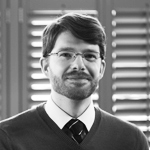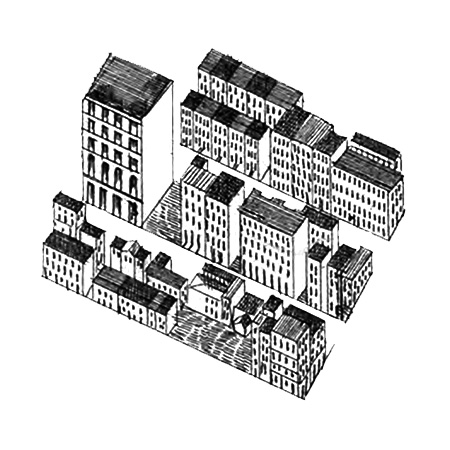In Their Own Words: Paul L. Knight
Doug Was Preaching His Gospel…
I was an undergraduate student of architecture at Georgia Tech when I first met Doug Allen. I had just enrolled in his History of Urban Form course; I was only there because it was required. I couldn’t have realized then, but the course would ultimately change both my career path and worldview.
“Doug showed us that cities are large artifacts built over long time scales and by many hands, that cities are living histories.”
It is impossible for a single course to cover all histories of all cities. To attempt it would be like running through a zoo trying to reconcile a giraffe and a polar bear having never encountered either creature before. Doug knew he had to curate the History of Urban Form in some meaningful way so he made his focus the lineage of American urbanism. During the first lecture, Doug asked rhetorically: “How did we arrive here at the corner of 5th Street and West Peachtree Street? Where does the concept of a numbered street come from? Or a street named after a tree? In fact, why do we find ourselves at the corner of anything at all?” This was Doug’s filter: starting at 5th Street and West Peachtree Street and working backwards through time and space.
Doug showed us that cities are large artifacts built over long time scales and by many hands, that cities are living histories. And he provided a direct link between history and the present-day; it’s as if he peeled back the layers of urbanism and revealed the Matrix behind everything. On the last day of class, my peers and I delivered a standing ovation. We were completely sold. Doug was preaching his gospel and we were his devoted disciples.
Paul L. Knight
Executive Director, Douglas C. Allen Institute
Associate, Historical Concepts
